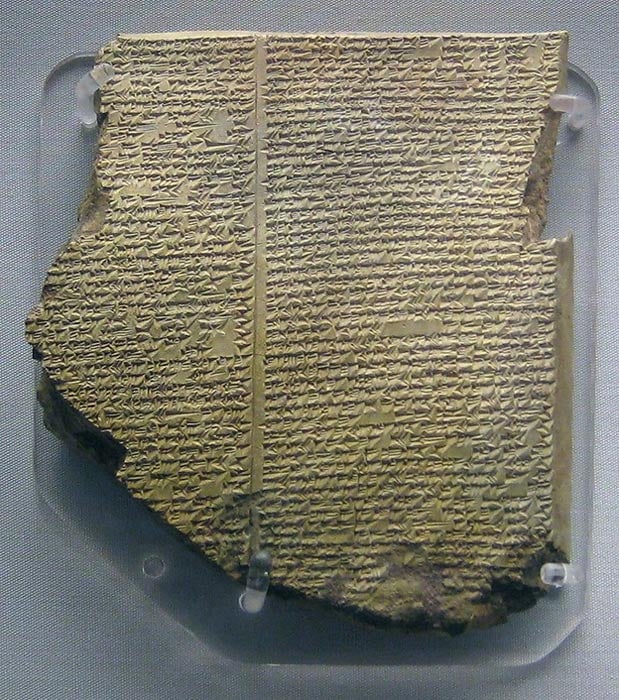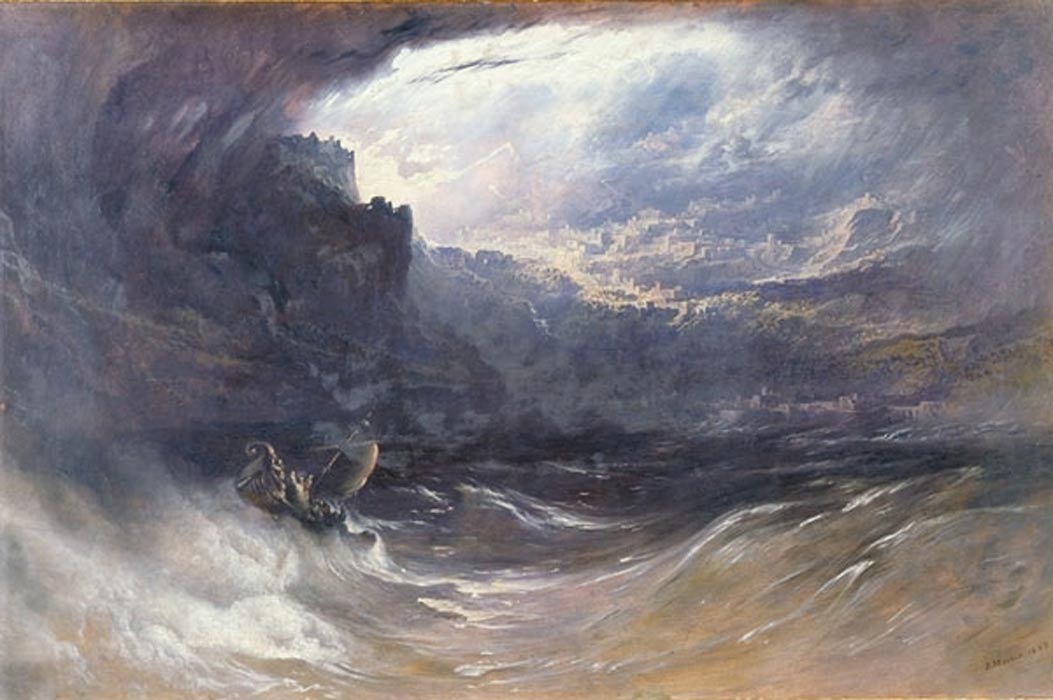
Thinking Critically about Time: A Cyclical View of Knowledge and Civilization
Many people think of time as linear. In other words, human beings begin ignorant, and as the ages progress, they become increasingly more advanced. However, various cultures worldwide perceive time differently. They think it is cyclical: human beings progress, they are wiped out by worldwide disasters such as floods or meteor strikes, and then the survivors begin again. After enough time has gone by, their technological advancements compare to those of previous civilizations. This might seem difficult to believe, but evidence to support this idea exists. Besides proof of advanced technology used by ancient cultures, there are more than five hundred different stories that explain how people survived a massive worldwide flood. In many cases, the stories are considered legends because they reference gods. However, anytime something great or traumatic occurs, various cultures attribute it to divine intervention; just because a god is mentioned in a tale does not mean the event did not occur.
Global Legends of Flood
According to the biblical account, Noah created an ark to save his family and the various plants and animals deemed worthy. This story likely came from a much more ancient tale called the Epic of Gilgamesh, in which people entered tebitu (a ship that can tumble and turn) to escape the deluge.

The Deluge tablet of the Gilgamesh epic in Akkadian. (Public Domain)
In the Greek account, Zeus created a flood to wipe out humankind, and the only survivors sought refuge on mountaintops. In Scandinavia, an ancient legend describes how Odin fought an ice giant called Ymir, and once defeated, it melted and caused a huge flood. Native American tribes in the United States and around the world have similar stories. For example, the Penobscot in Maine have passed down a legend about their hero Kuloscap, who killed two ice giants, and their demise likewise caused a worldwide inundation. The Samothrace version holds that the barriers dividing the Black Sea from the Mediterranean failed. Survivors climbed to the top of mountains, where they waited for the floodwaters to abate.
- The Gods We Honor Daily: The Cultural Significance of Days and Months
- The great Flood through the Sumerian Tablets
- When Ancient Masters Ruled the Earth: The Mysterious Depths of the Saint Croix Basin
The Babylonian version, which stems from 2000-1595 BCE, explains that the deity Enlil became angry with humankind and decided to wipe them out. Another God, Enki, pitied humans, so she urged a man called Atrasis to build a giant ship to escape. This he did, and loaded it with his family, birds, cattle, and other animals. Some stories from Siberia relate that people survived by tying rafts to treetops while others survived in boats. And as a final example, the Samoyed story gets into specific detail about how difficult life was after the flood had ended. People dug deep holes for water, and they survived by eating mice.
The prevalence of so many flood stories indicates that worldwide disasters that destroy civilizations might occur on a long but regular cycle. In addition, scientific evidence shows that a huge flood did occur between 14,000 and 11,000 years ago. It caused the global sea level to rise approximately 120 meters (393 feet). This certainly might be the real event immortalized in worldwide legends.

"The Deluge", by John Martin, 1834. (Public Domain)
Plato explained in Critias: “Many great deluges have taken place during the last 9,000 years which have elapsed since the time of which I am speaking; and during all this time and through so many changes, there has never been any considerable accumulation of the soil coming down from the mountains, as in other places, but the Earth has fallen away all around and sunk out of sight.”




